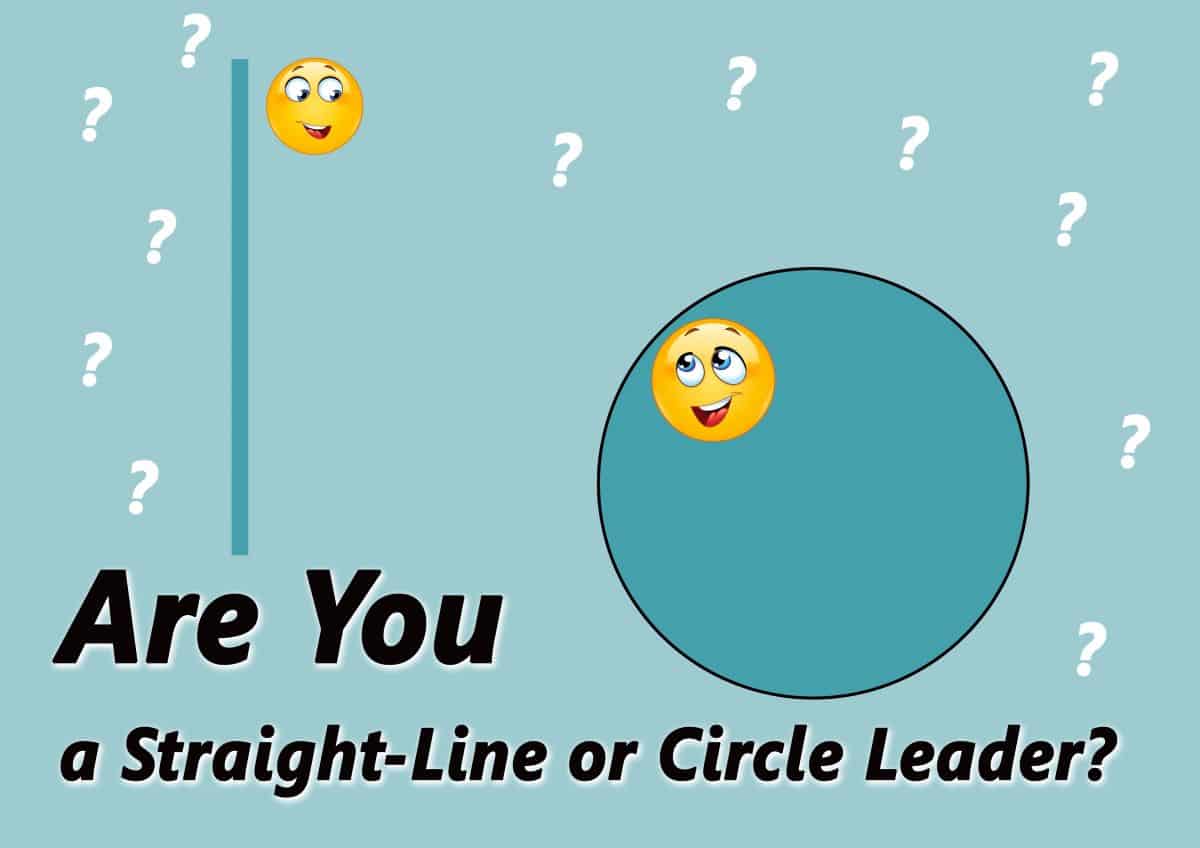Do Hard-driving Leaders Get Better Results?

Do hard-driving leaders get better results?
I’ve been thinking about this question a lot recently, only to open the newspaper recently (yes, we still get a physical newspaper) to an article about lauded UC Berkeley swimming coach, Teri McKeever, who also served as the US Olympic team coach, in which it detailed how she bullied and verbally abused students. Here you have a clearly successful coach, at the top of her chosen field, and her students talk about contemplating suicide so they don’t have to see her anymore.
One clear question that arises here is: Success at what cost?
The article goes on to share some of McKeever’s achievements: The article goes on to share some of McKeever’s achievements:
For parts of four decades, McKeever, 60, has been one of swimming’s leading coaches, the architect of one of college sports’ premier programs, producing Olympians and NCAA champions in the pool and standouts in the classrooms of the nation’s leading public university.
She is the most well-known and most successful female coach in the sport’s history. McKeever was the first and only woman head coach of the U.S. Olympic team, leading a squad … earned a combined 13 medals at the London Games.
Whenever I see stories describing the strategies of hard-charging leaders, (the NYTimes article on the lasting effects of GE’s Jack Welch is one recent example) what emerges for me is the cost and lack of sustainability of this strategy. The NYTimes article about GE’s Jack Welch is a perfect example; while Welch had amazing results during his tenure at GE, they argued that those short-term results came at a high-cost long-term to GE, which plummeted soon after Welch left, losing its high valuation and eventually, its viability as a company. Intense hard-driving leaders often have results that are reminiscent of a con artist’s shell game; it can seem like magic in the beginning – Olympic athletes, multiplying billions of dollars – but in the end, you just have empty shells – athletes that don’t value their own lives and millions of jobs lost with a company’s assets sold off to survive.
What we need now, are leaders who are concerned about the legacy of their actions, far beyond their own tenure: what will be their long-term impact on their employees, the environment, and providing for future generations?
The underlying impact of these driven leaders, I believe, is that in their drive for success at any cost, they often keep people working (and training) underneath them in a state of perpetual overwhelm and panic. What we know from neuroscience is that these emotional states cause tunneling – where people just focus on what they need to do to get past their current stressful state. In essence, tunneling focuses our attention into a straight line heading forward.

Sustainability requires a broad circle around us where we have the perspective to notice the second- and third-order impacts of what we are doing.
I often work with teams and leaders to widen the circle around them. When you are an individual contributor, you can choose what impact you are personally willing to accept each time you choose a big circle or straight-line approach. The minute you start leading teams and organizations though, your circle/straight-line approach has reverberations throughout the teams and the individuals you lead. When you find yourself in this position, it’s important to be aware of the transformative effects of your decision. Do you have systems in place to monitor and report back to you when your decisions have moved the organization closer to unsustainability? This analogy resonates for me in my role as a parent as well, how sometimes you have to make tough decisions with regards to your children to reinforce a lesson you think is important. I have cried because of having to take away something valuable from my child, questioning whether I’m taking the right action. But that whole time, I’m contemplating the larger picture and our family circle; what are the most important values I want to impart long-term to my children?
Sustainability requires a circle of noticing all around us. Winning often just requires that tunneling and straight line focus.
Which brings me back to a question for you, what’s a goal you’re focused on now? Keeping this goal in mind, are you approaching it as a circular leader or a straight-line leader? Are you willing to accept the second- and third-order consequences of your choice? I would love to hear from you!